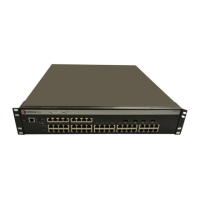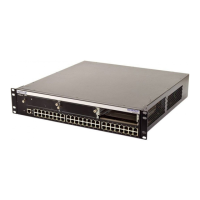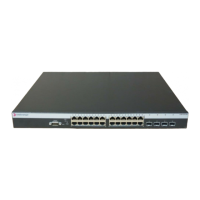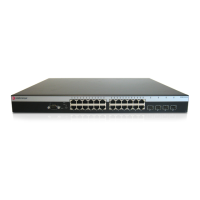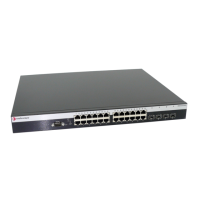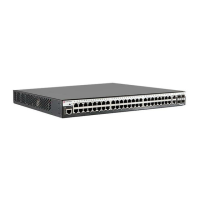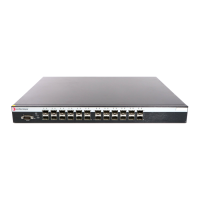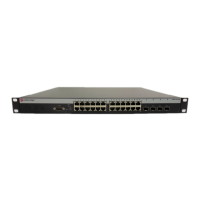Command Line Interface
4-80
4
• If the power demand from devices connected to the switch exceeds the
power budget setting, the switch uses port power priority settings to limit the
supplied power.
Example
Related Commands
power inline priority (4-81)
power inline
Use this command to turn power on for a specific port or force a port into test mode.
Use the no form to turn off power for a port.
Syntax
power inline [auto | test]
no power inline
• auto - The switch automatically detects if a device is connected to the port
and turns power on or off accordingly.
• test - Forces the port into a test mode. In test mode the port continuously
attempts to detect if a device is connected to the port, but does not supply
power.
Default Setting
auto
Command Mode
Interface Configuration
Command Usage
• Using the command without an argument enables port power in auto mode
(the same as the power inline auto command).
• In the default auto mode, power is automatically supplied when a device is
detected on the port, providing that the power demanded does not exceed
switch’s power budget.
Example
Console(config)#power mainpower maximum allocation 300
Console(config)#
Console(config)#interface ethernet 1/1
Console(config-if)#power inline auto
Console(config-if)#exit
Console(config)#interface ethernet 1/2
Console(config-if)#no power inline
Console(config-if)#
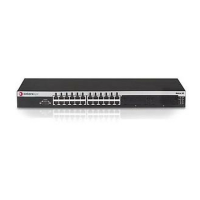
